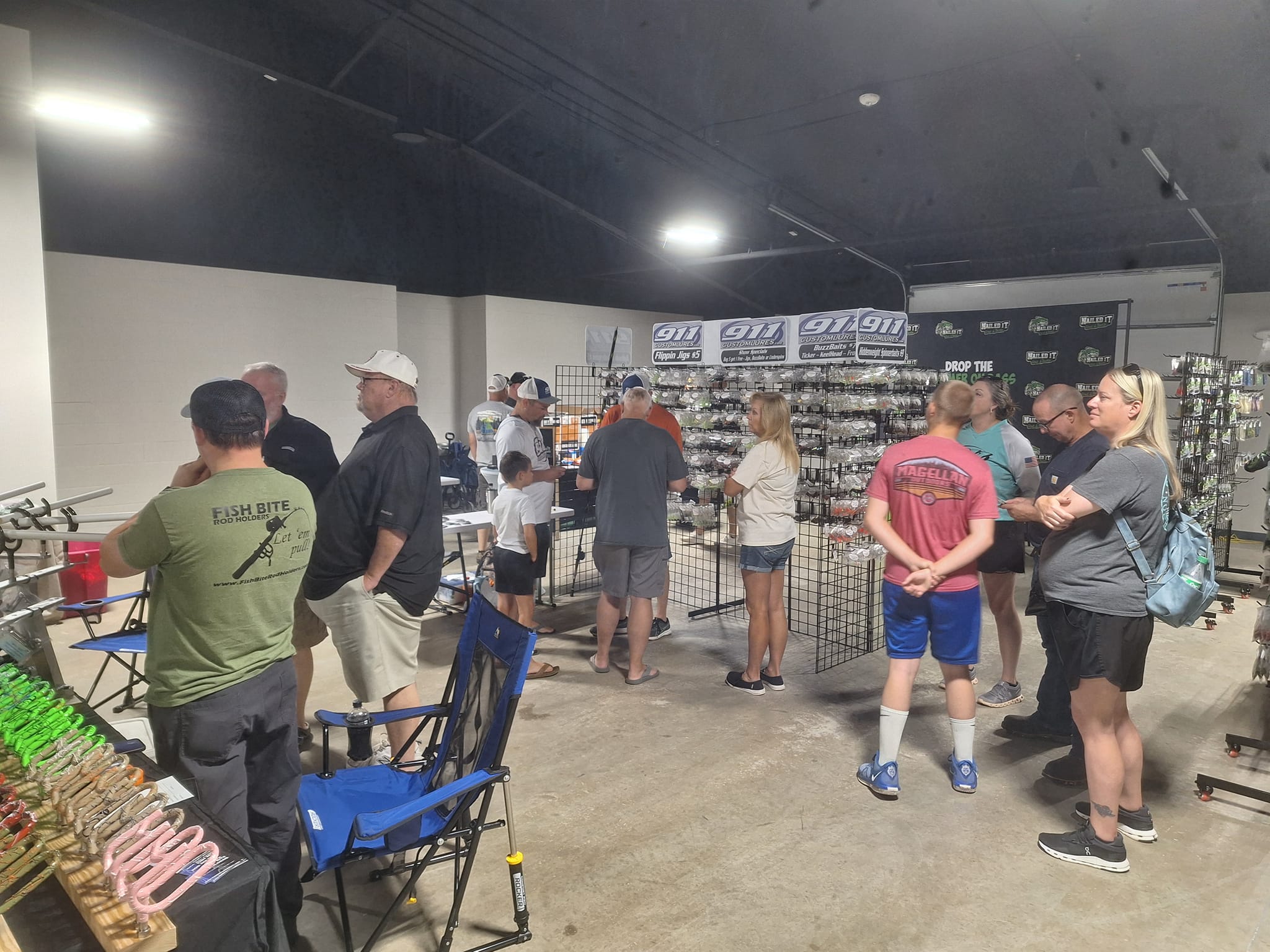DG MARTIN COLUMN: Why we talk this way
Published 10:38 am Thursday, January 20, 2022
|
Getting your Trinity Audio player ready...
|
“Prove it.”
One of this column’s readers challenged me to back up my recent assertion that characteristics of some Americans could be explained by our connections to certain regions of the British Isles. I was focusing on those who are hard-nosed, sometimes rebellious, resistant to direction, suspicious of people in charge, unwilling to give up individual choice to some kind of group direction.

D.G. Martin
I wrote about the ways in which our ancestors’ folkways still influence us and play a part in the way we act and think today, but the reader was not convinced there was a connection.
Trending
My column was sparked by Joe Klein’s article in The New Yorker about a 1989 book, “Albion’s Seed: Four British Folkways in America,” by David Hackett Fischer. Klein says the book explains how “the history of four centuries ago still shapes American culture and politics.”
Many of the early European settlers in North Carolina were what we call Scots-Irish. But they also include emigrants from Ireland and the borderlands of Scotland and England. In these areas for more than seven centuries, there was constant fighting. People had to live in the middle of conflict. No one else was going to provide order and peace.
When they settled in North Carolina and adjoining regions, they brought that culture of violence and resistance to external control to their new homeland.
In his book Fischer writes that these emigrants came from “a society of autonomous individuals who were unable to endure external control and incapable of restraining their rage against anyone who stood in the way.”
He quotes one settler woman: “We never let go of a belief once fixed in our minds.”
So how does Fischer prove that the descendants of the early immigrants from the British border areas are still influenced by where their ancestors came from? He builds his case by detailing the folkways of British border areas and showing how they still exist in sections of America today.
Trending
One of those folkways is our way of speaking, the words and phrases we use and how we frame and sound them. He has a term for the way of speaking in our backcountry. He calls it southern highland speech and shows how it is related to the border speech in Britain.
He writes, “This southern highland speech has long been very distinctive for its patterns of pronunciation. It says whar for where, thar for there, hard for hired, critter for creature, sartin for certain, a-goin for going, hit for it, he-it for hit, far for fire, deef for deaf, pizen for poison, nekkid for naked, eetch for itch, boosh for bush, wrassle for wrestle, chaney for china, chaw for chew, poosh for push, shet for shut, ba-it for bat, be-it for be, narrer for narrow, winder for window, widder for widow, and young-uns for young ones.”
Sound familiar?
Once when we were living in Bristol, Tenn.-Va., deep in the Appalachian Mountains, my mother worried that her children would pick up the mountain dialect. As she explained to one of her Atlanta friends, “Up here they say tar for an auto tire. And they say tire for the tar to pave a road.”
Fischer concedes that the southern highland speech used in America today is not exactly the same as that spoken in Britain. But he insists that scholars agree that this language developed from the spoken language of the British border areas. It is the clear ancestor of “a distinctive variety of American speech which still flourishes in the southern highlands of the United States.”
Does this close language connection prove that immigrants from the British border brought not only their special speech ways to the southern highlands, but also their hard nosed rebellious attitudes?
Maybe not, but the connections are more than a little thought provoking.
D.G. Martin hosted “North Carolina Bookwatch” for more than 20 years.






